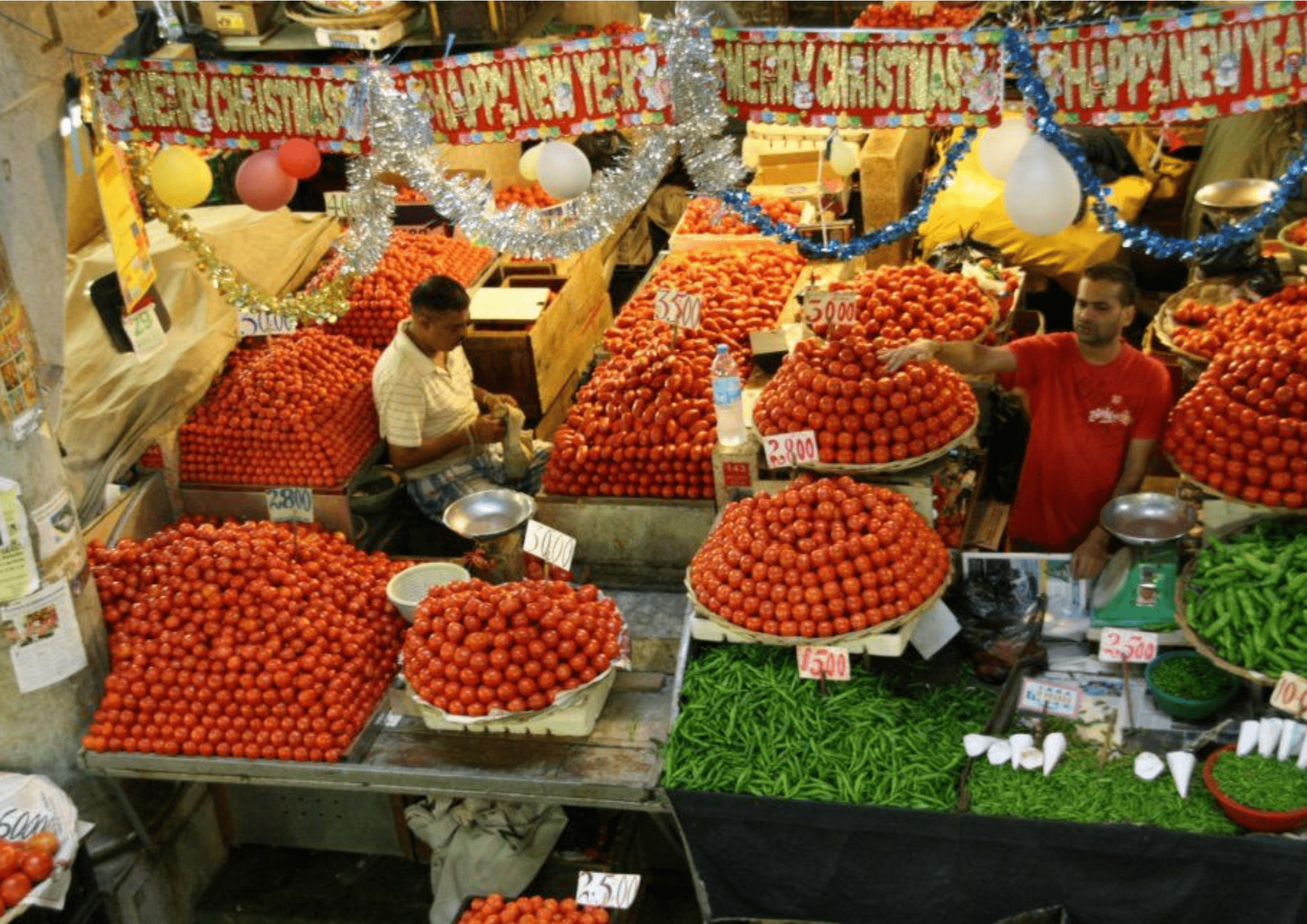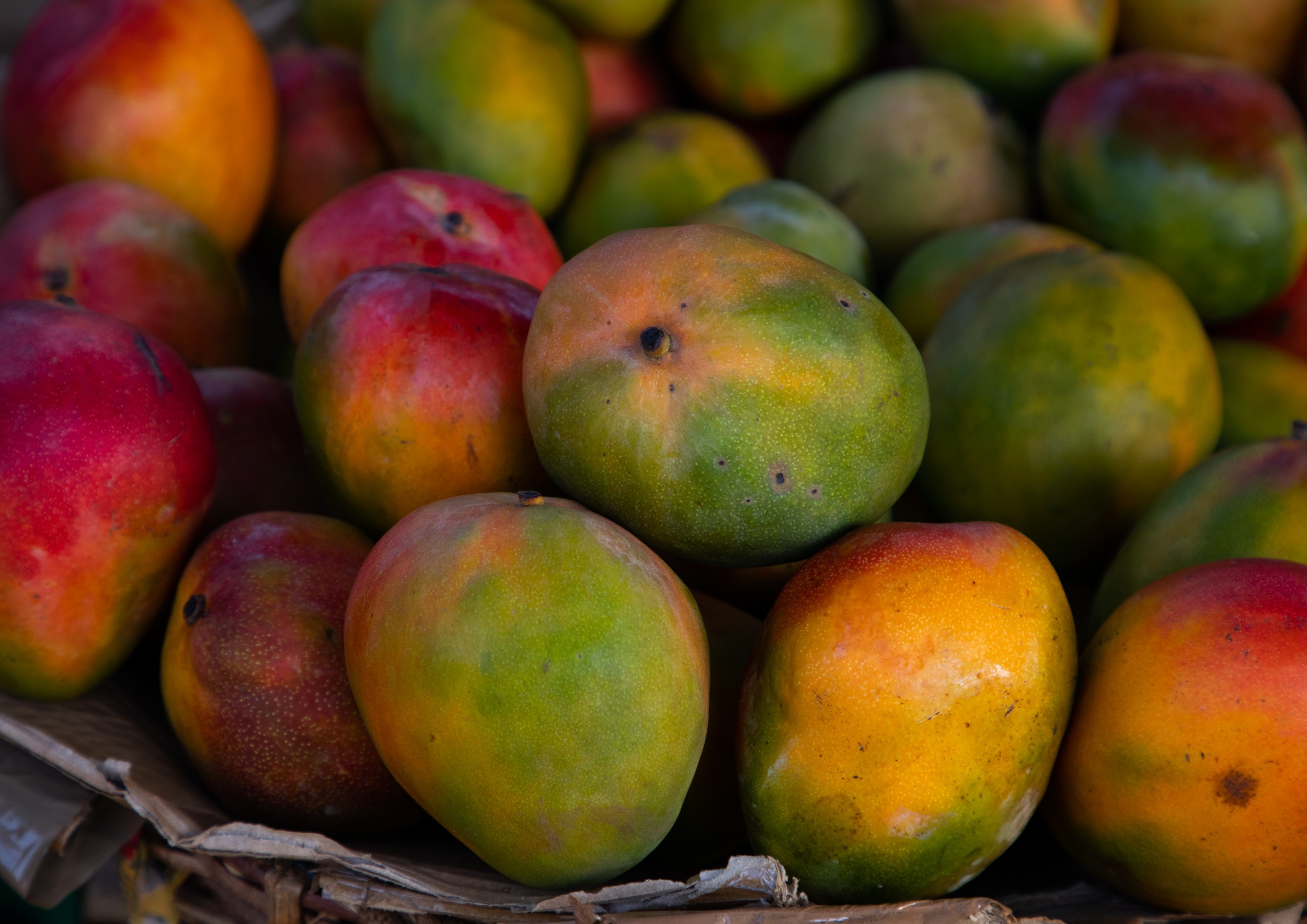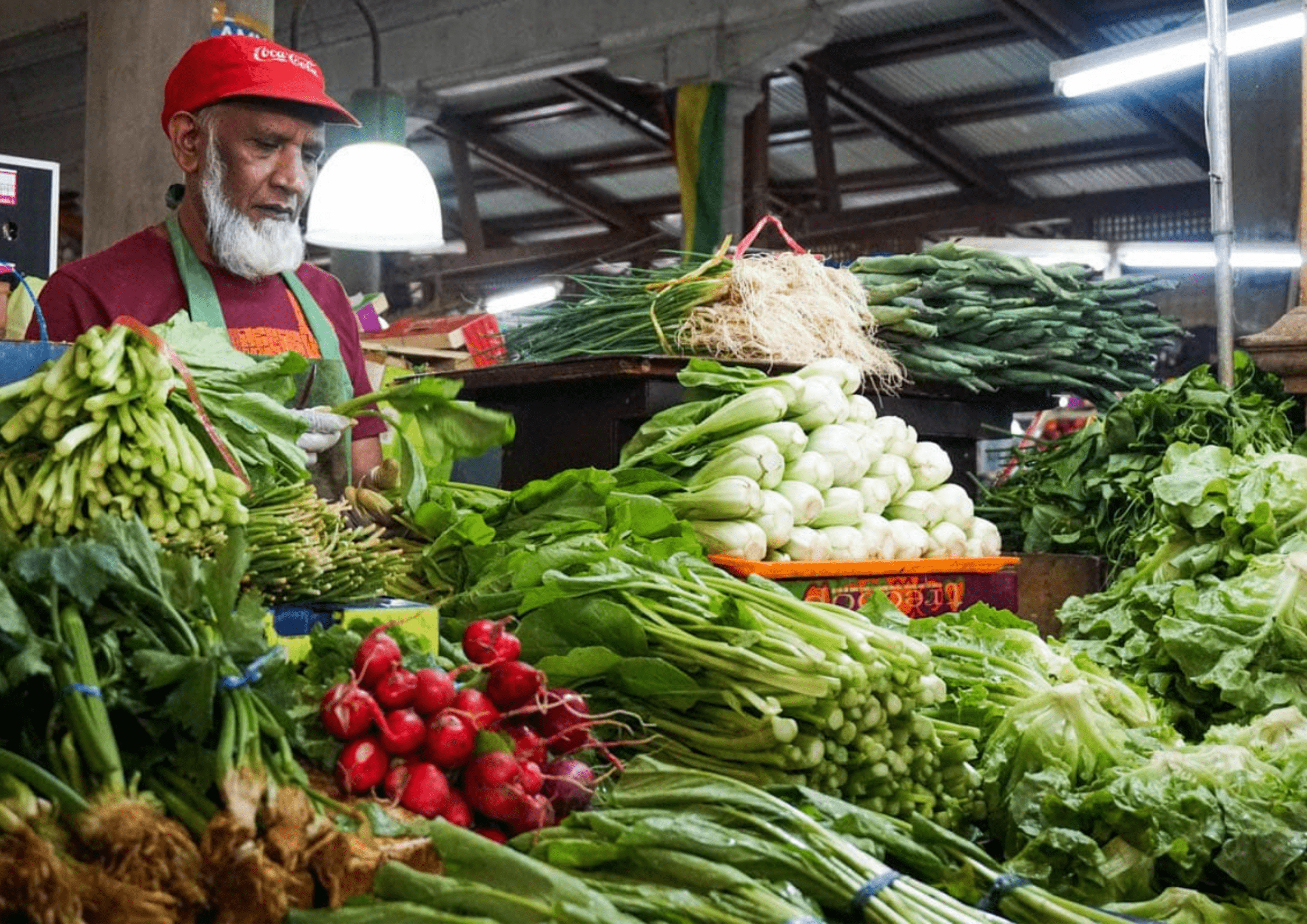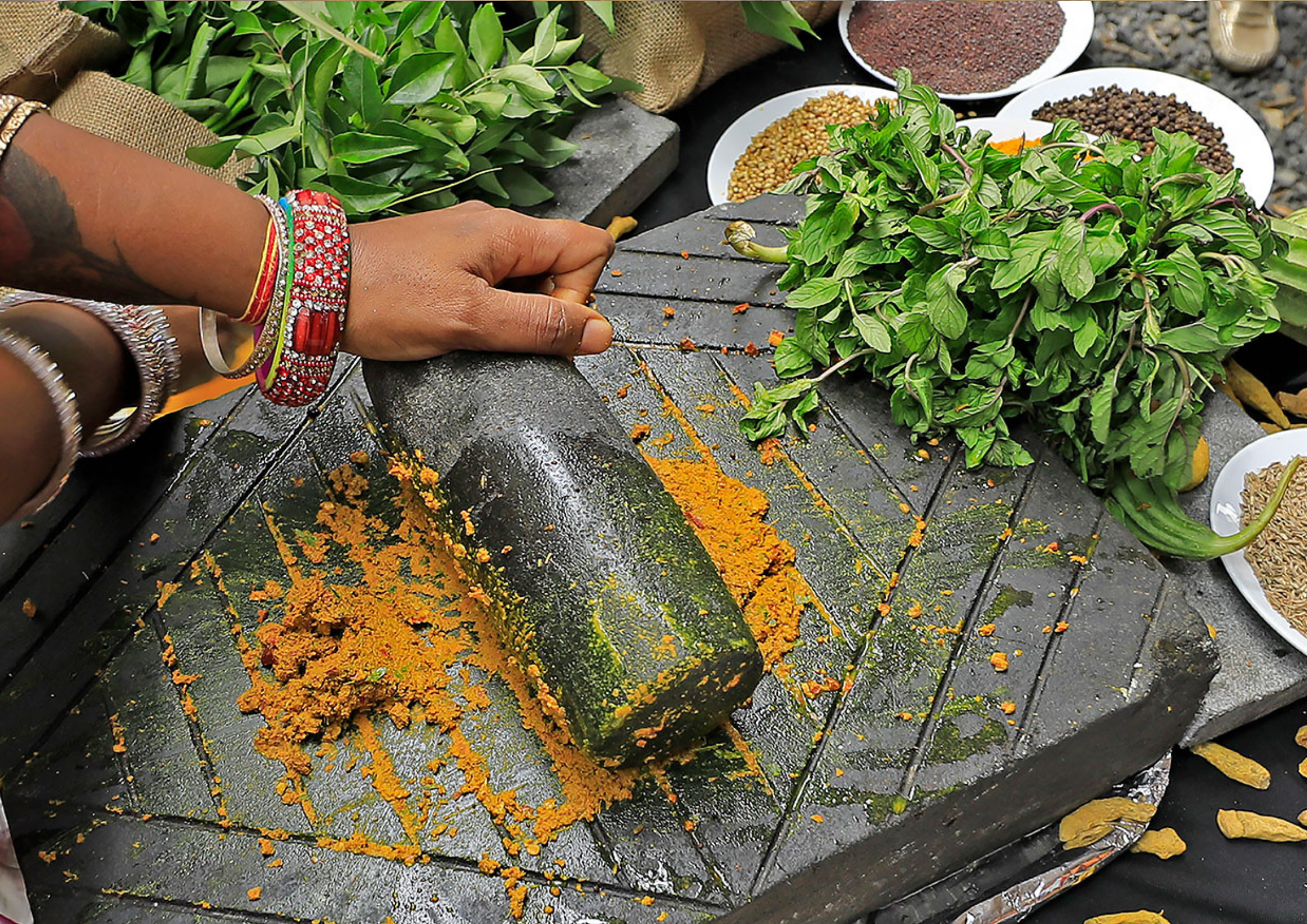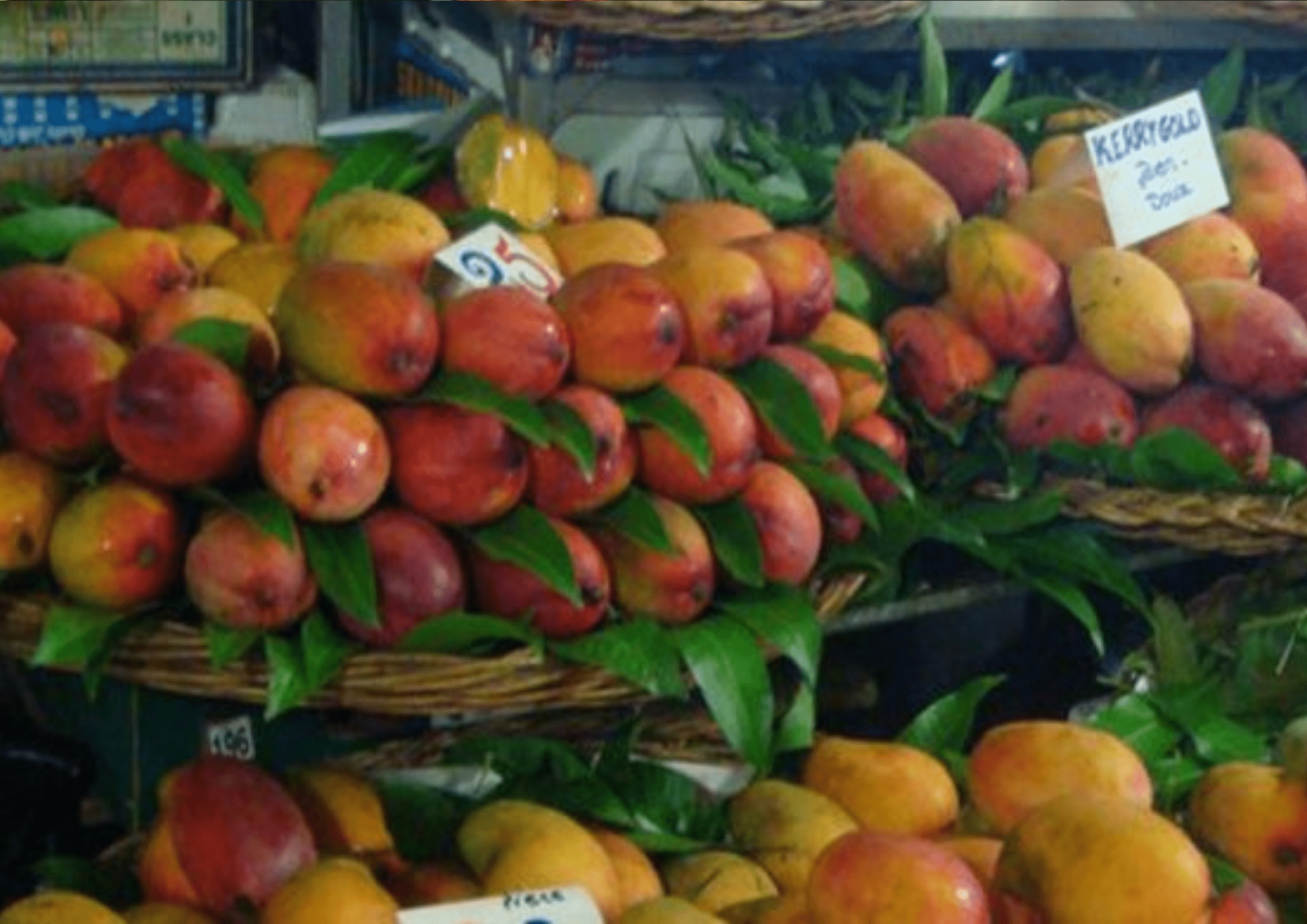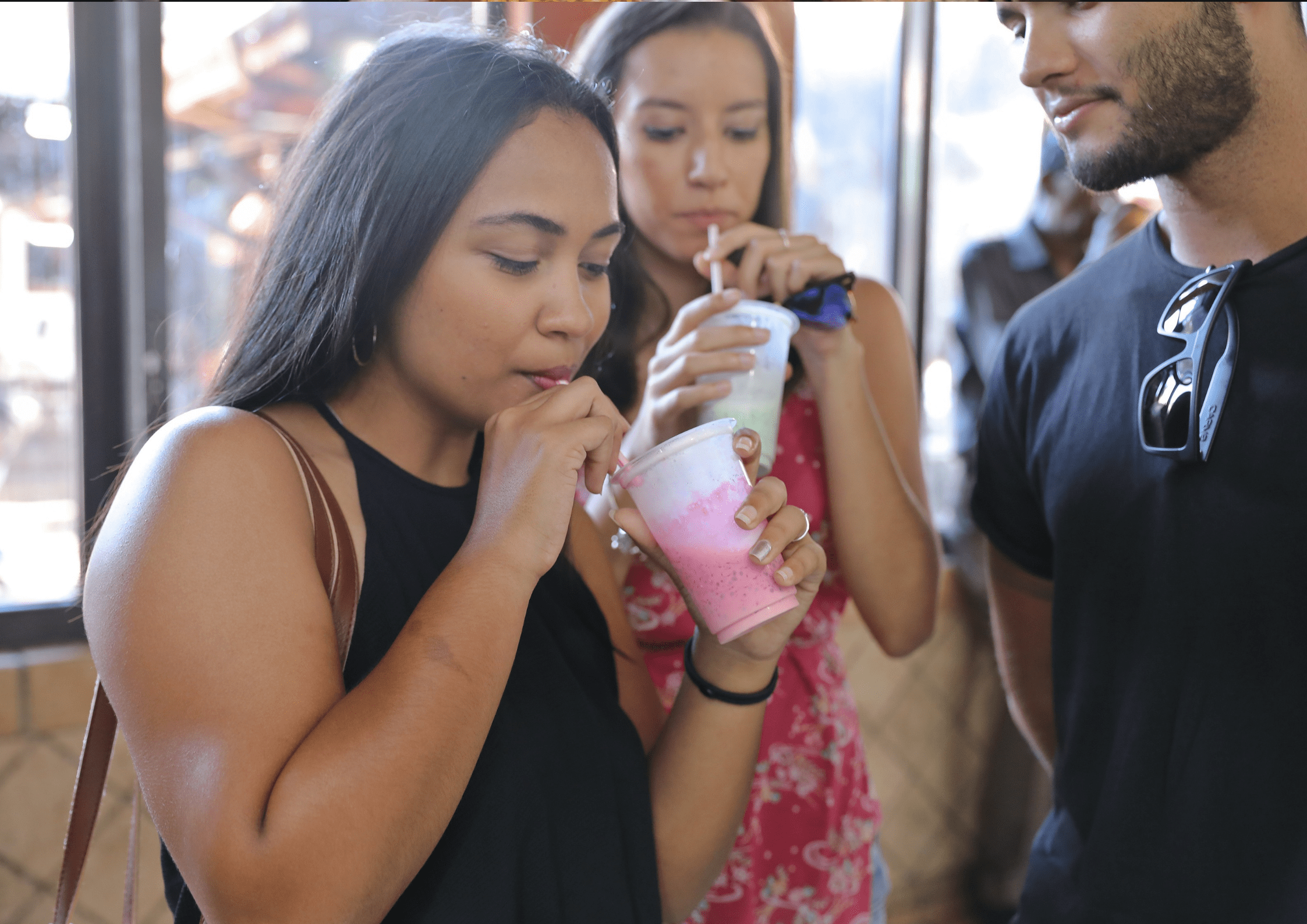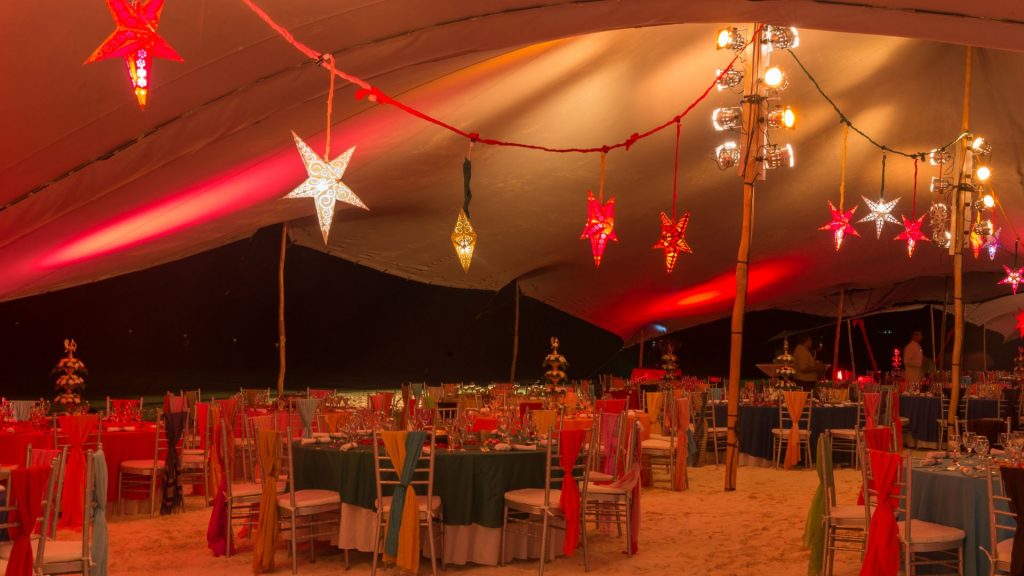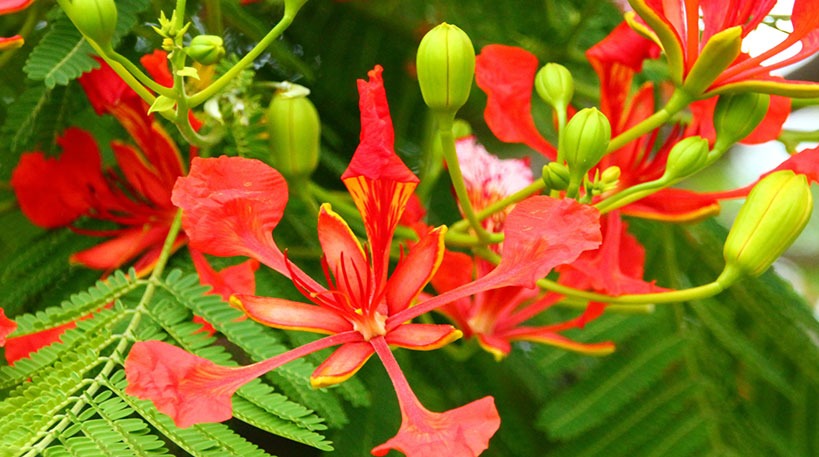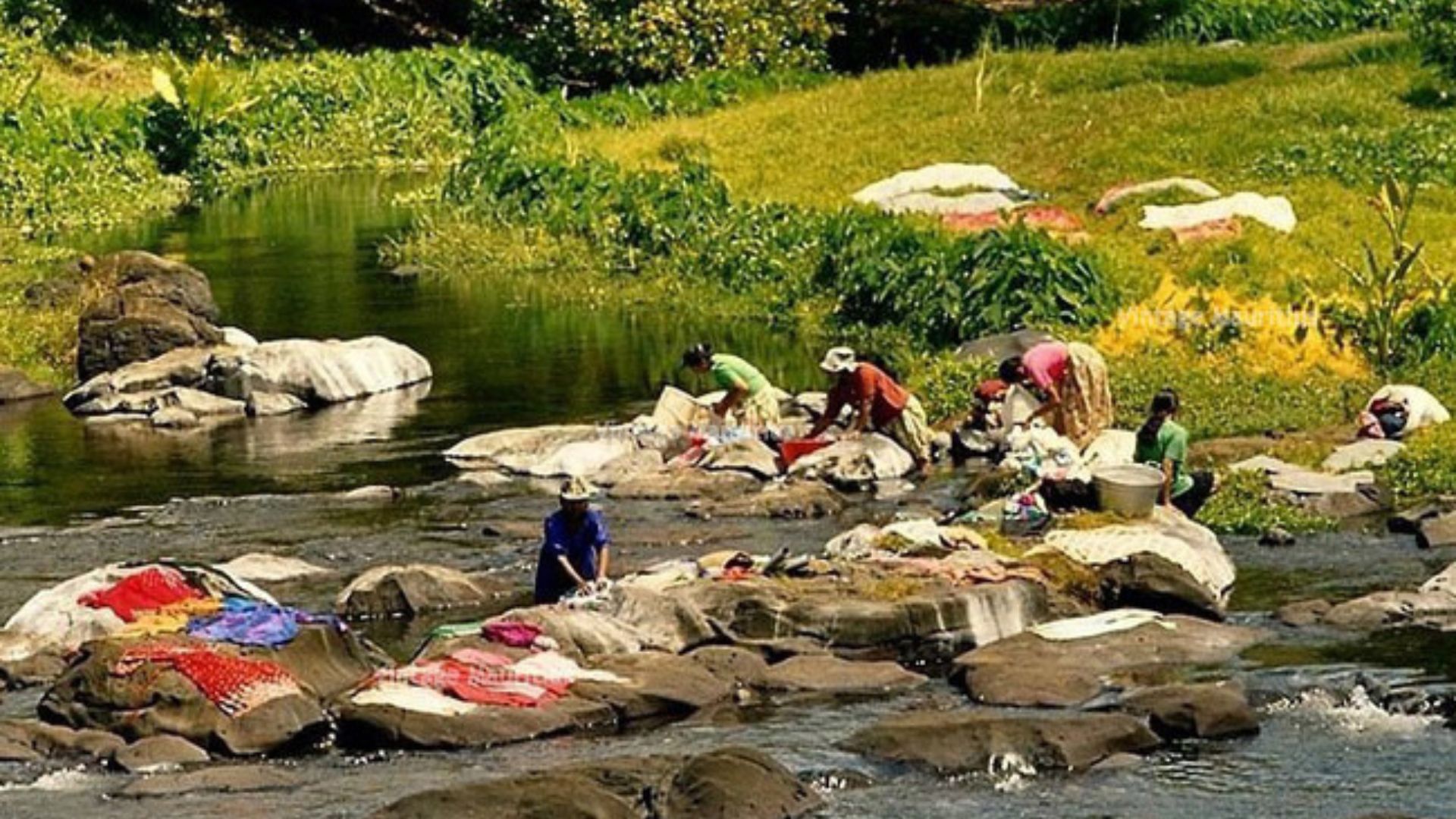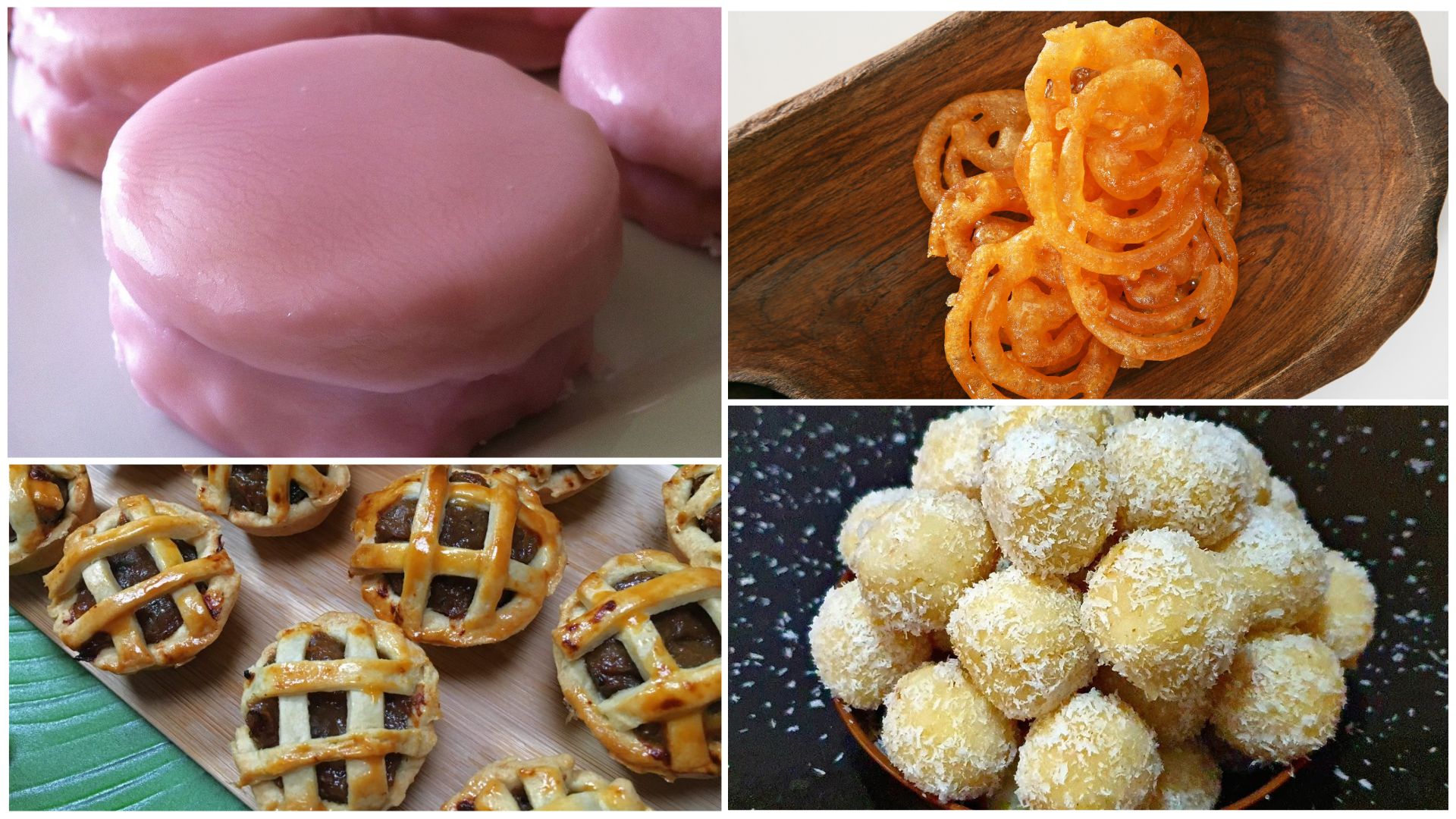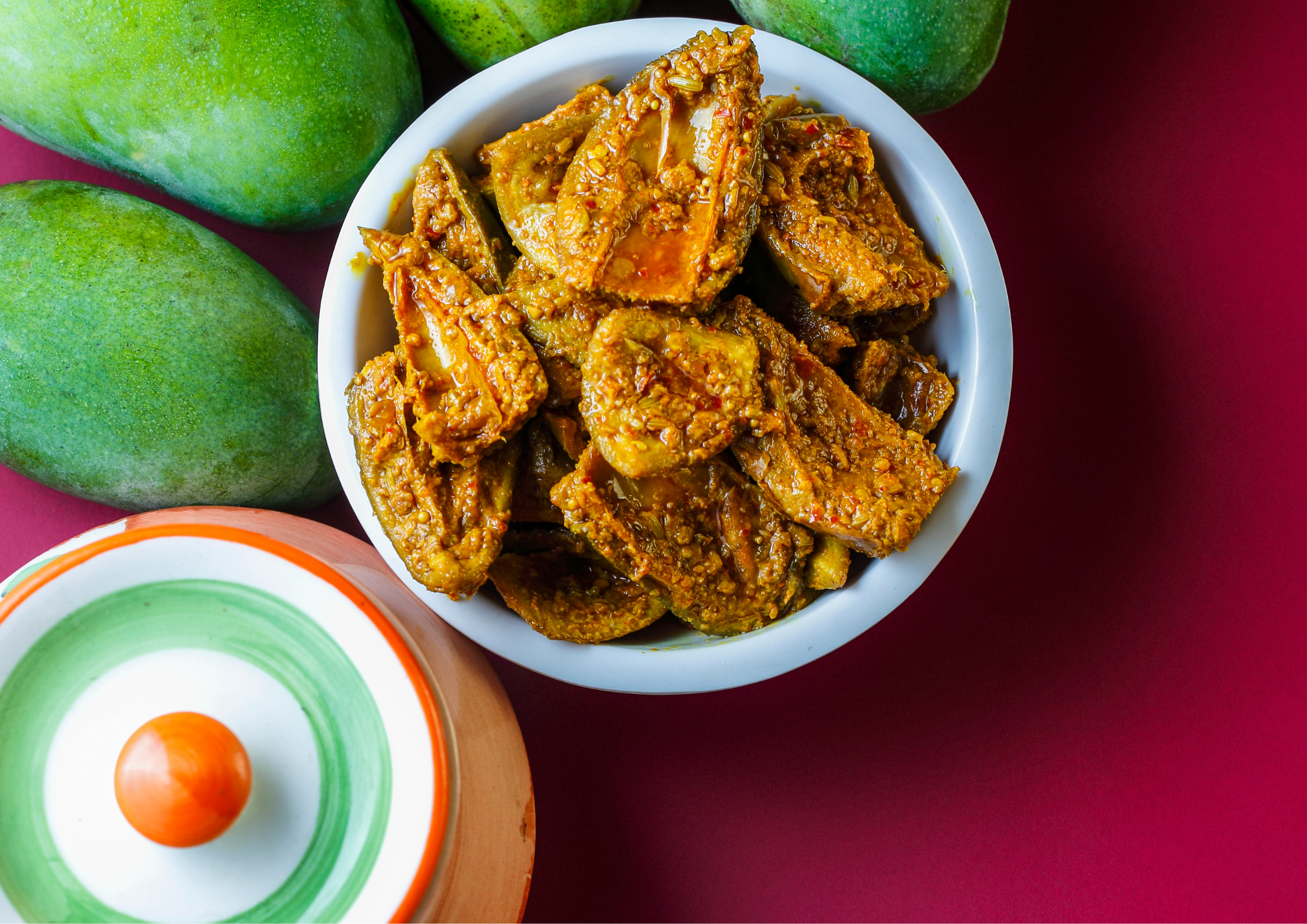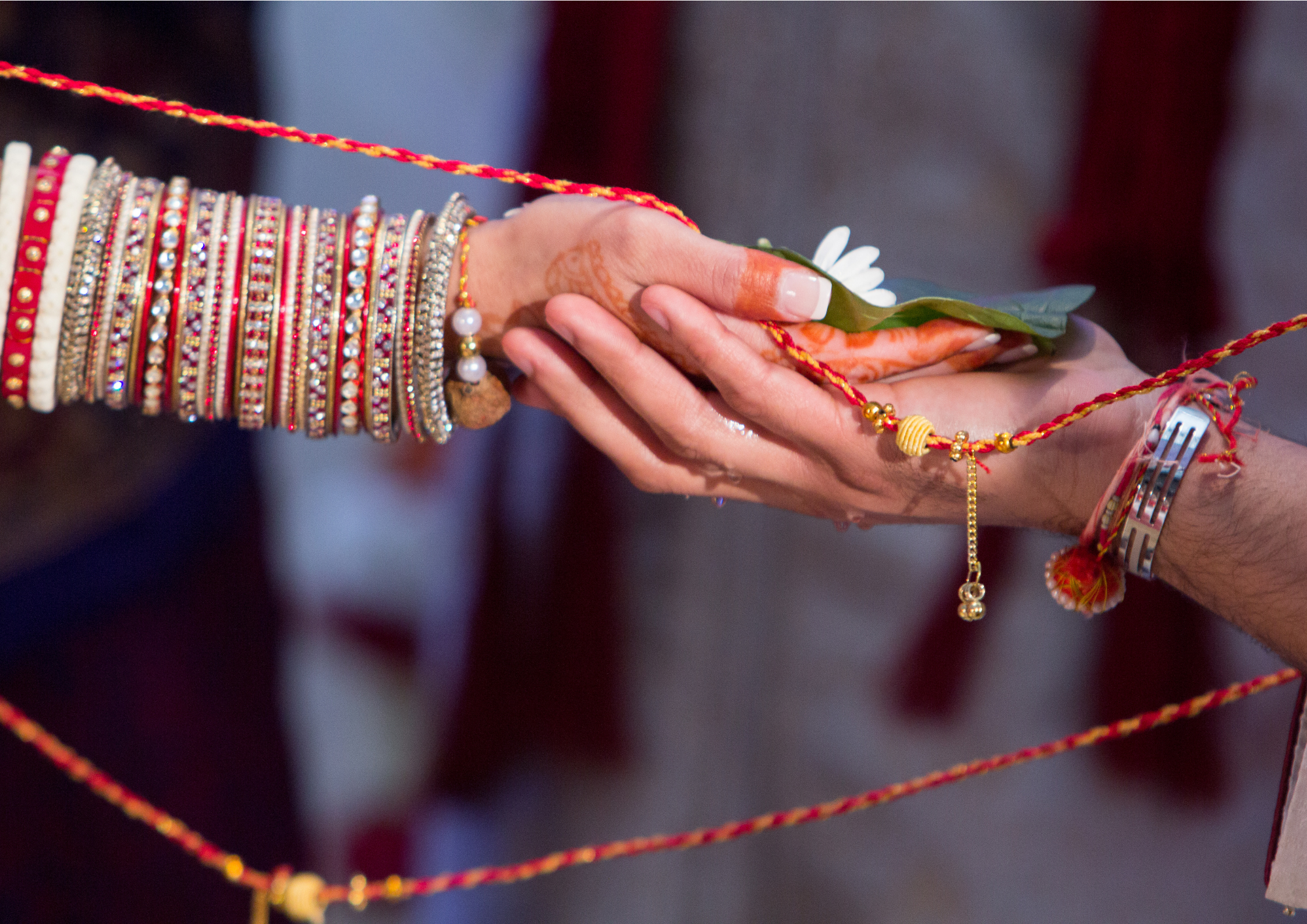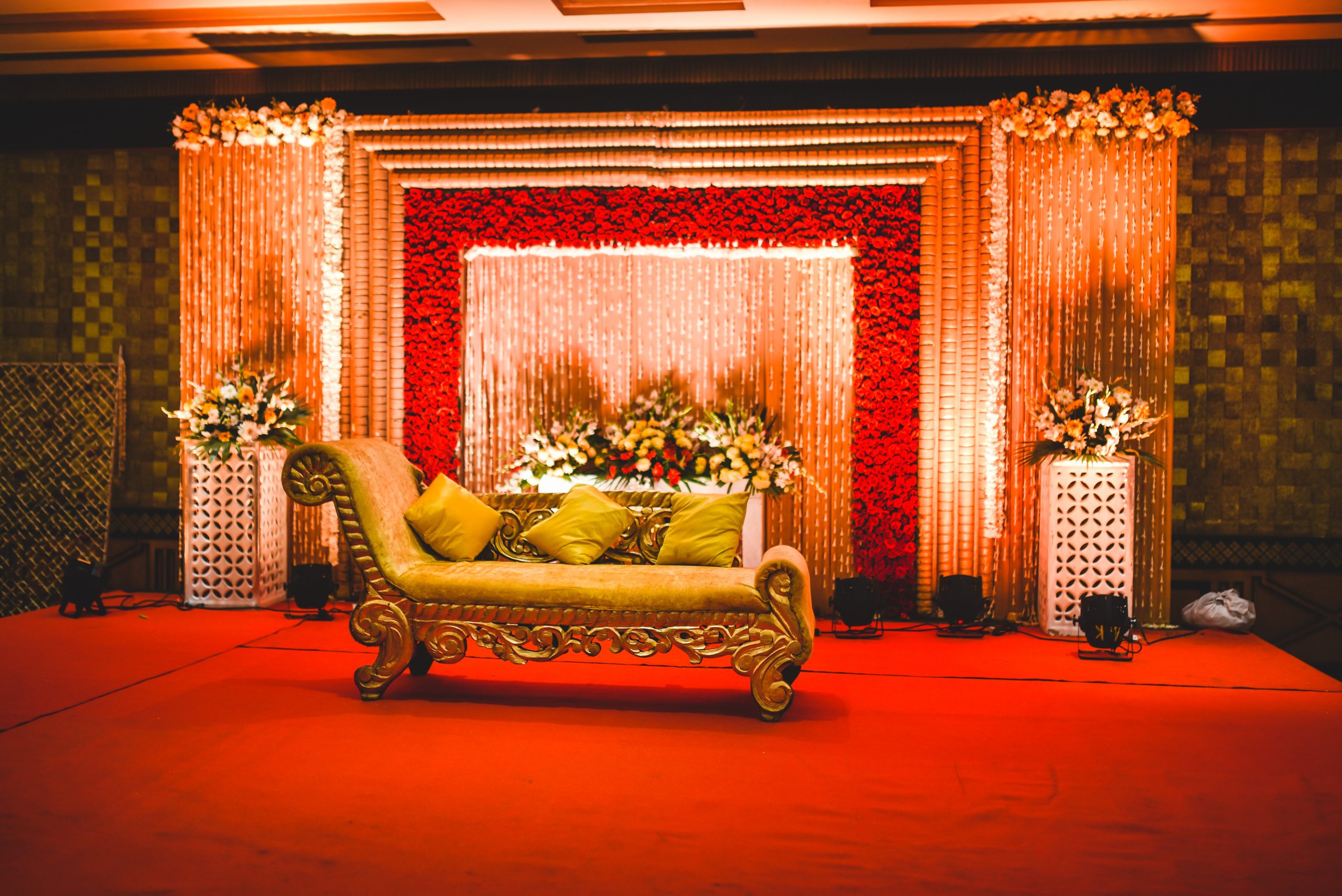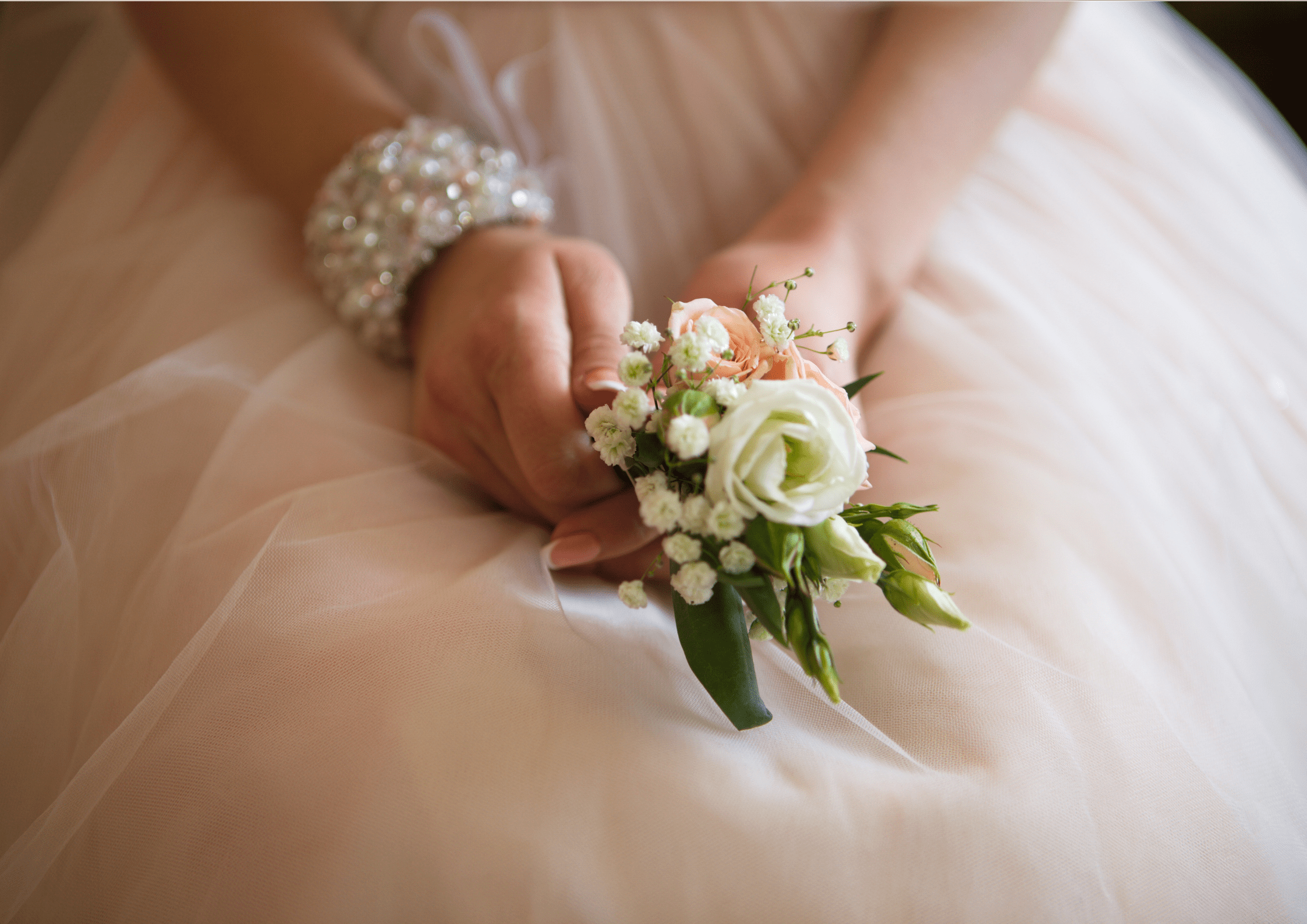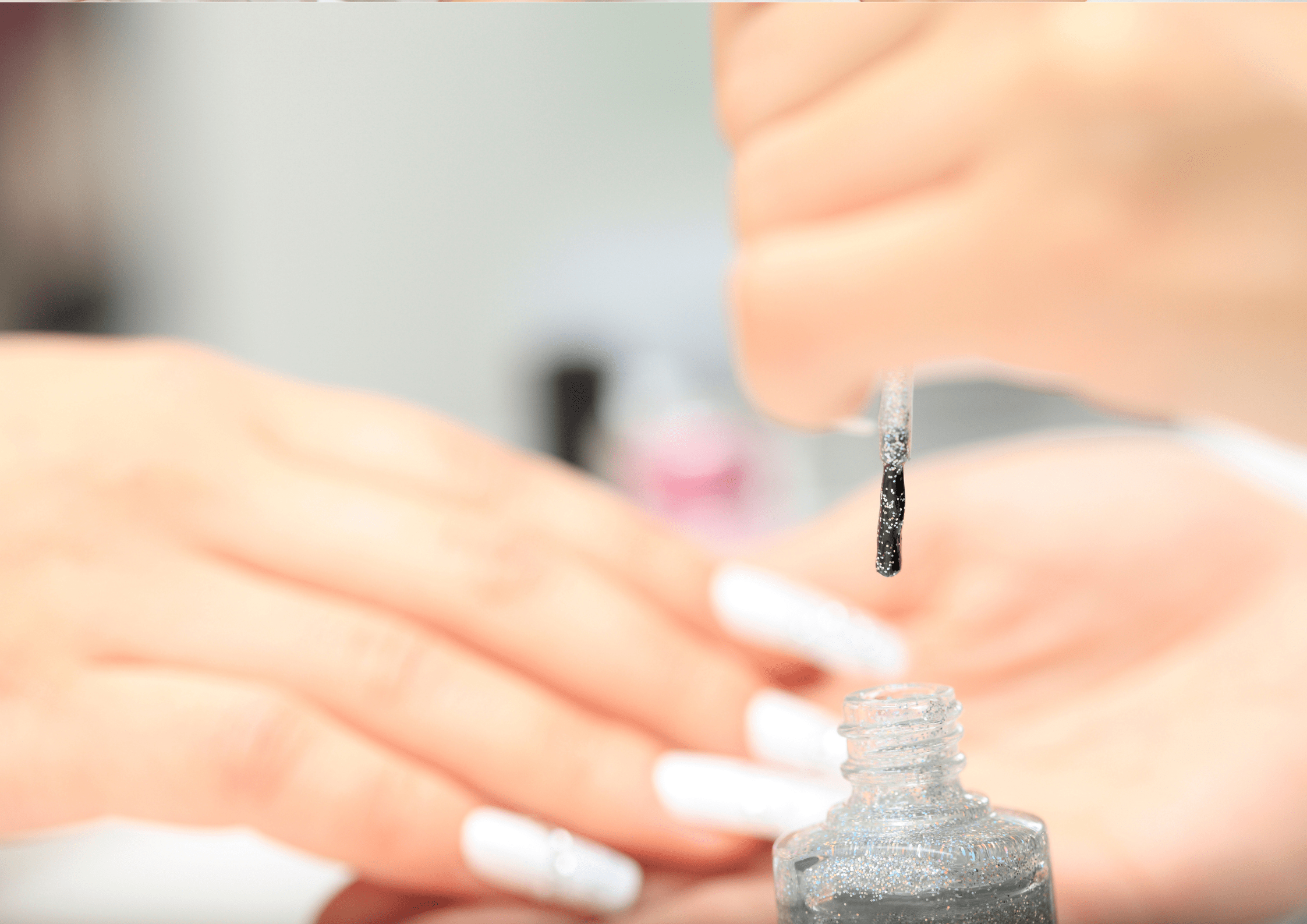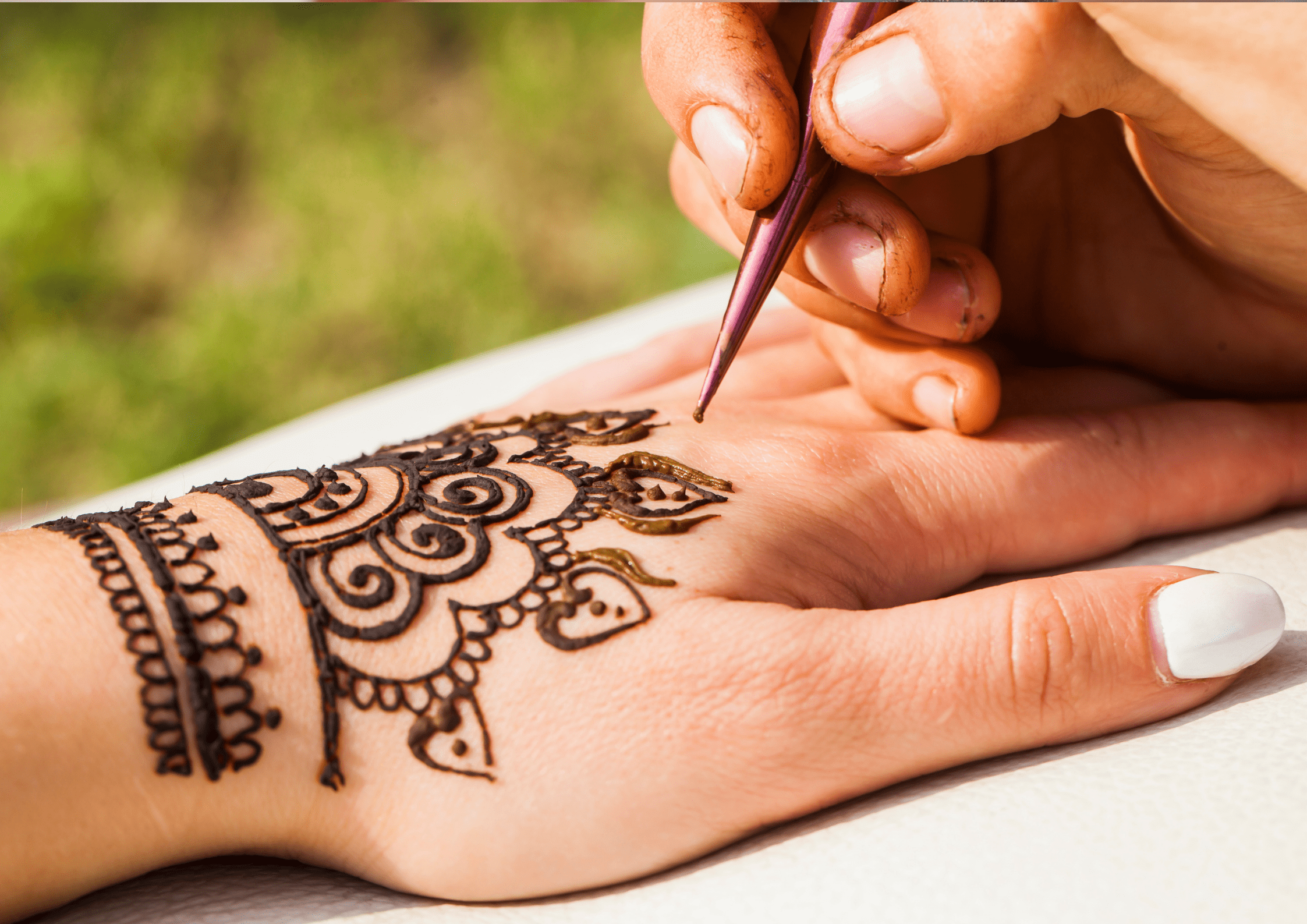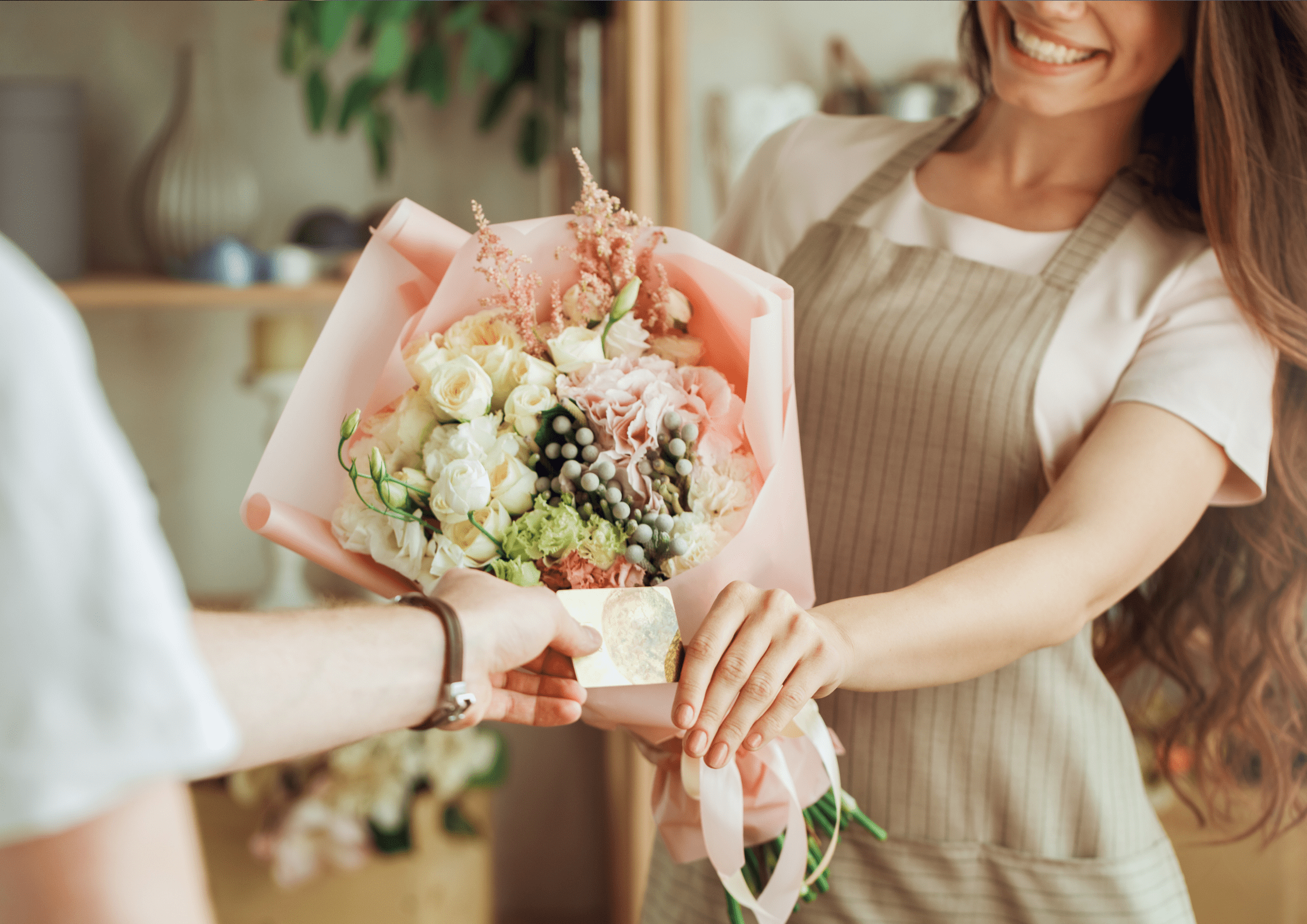Bazar Port Louis
Picturesque. That’s the perfect description of the Central Market of Port Louis, our capital city. Adorned with iron wrought, floral designs, inscriptions and arches made of stones, the gate gives a spectacular start to the visit. It dates back to 1839- the British period. The market is situated on Farquhar Street, on the site of the former Bassin des Chaloupes. A fire broke out in the late 1990s, seriously damaging the building. Despite renovation works, the authenticity of the place is still preserved. I felt like strolling into the past and captured the singularity of the entrance gate in a picture!
The cacophony of noise with all the merchants’ persuasive voices, the hustle of people trying to get the best products, and the mixture of smell- onions, coriander, spices – were enough to draw me in. A completely different world inside. I took notice of the order in which the vegetables and fruits were arranged and aligned. So perfect ! The tomatoes, for instance, were disposed in circular manner, one on top of the other. Like a hierarchy. Like a Christmas tree. I had not seen such order in any other markets! The discipline behind this organisation was stunning. There was no scope for confusion. One could buy vegetables at one specific stall, green leaves from another seller and fruits from another one. The harmony of the place, despite the noise, seemed surreal.
Of course, all of the products exposed were fresh and seemed so juicy. The mixture of colours and smell were so contrasting and pleasant. Red tomatoes, yellow “pâttison” (custard squash), purple onions, green and red chillies were appealing to the eyes. But what captured my attention the most was the variety of tropical fruits. So many colours, so many different textures. Mangoes looked delicious, especially given that there was abundant choice; Rosa mangoes are the most popular during summer over here. No wonder they were the favourites with their yellow, red and green colours! Lychees are in high demand in Mauritius as well during summertime. I found myself being drawn to a stall where there were large baskets of red lychees I was proposed to have a taste for free. I loved it ! So sweet, so juicy that you couln’t resist not wanting another one…
Big in shape, yellowish brown, the Jackfruit also drew my attention. I was flooded with memories of my childhood- my grandmother used to cook Jackfruit as a curry. She would then tell all her grandchildren the tale of her marriage; how she was married at the age of 16 and she had to learn to cook Jackfruit as part of the 7 cari (seven curries) traditional Tamil cuisine. I would often help her peel the seeds while watching her mix the spices together. It used to intrigue me; how she would use Jackfruit, which is a fruit as the name suggests, as a vegetable! I was eager to cook this curry on that same day. But I needed to find the spices first!
As I made my way through the crowd, I could hear the merchants shouting in unison to persuade you to buy their products, and the amazing thing about this is that they were so very welcoming. You could just be standing in a corner to observe and they would approach you to help even if they do not sell the requested product themselves. They spoke in Creole, but I did notice that some were multilingual since they started explaining in different languages to the tourists around. It also made me laugh as I heard a merchant singing at the top of his voice :“Vini Vini vine prend zot mangue, quand met dans la bouche cuma dire chocolat !” (Come and have a mango ! When you eat a mango here, it’s as if you are tasting chocolate that melts in your mouth).
I knew immediately that I was near the spices stall since the hot and spicy aroma of the powders filled the air. Just the sight of them brought water to my mouth. The spice powders and grains were arranged in large gunny bags with quadricolour (the Mauritian flag colours) labels in different languages. I wanted to buy everything- the mustard yellow Vindaloo, the bright orange chilli or the red tandoori powders. Such variety in such a small space ! Our elders would say that we have so many facilities nowadays! They used to grind the spices themselves on a “roche cari” (A stone ruggedly polished in form of a rectangular which comes along with a stone roll) – a mixture of saffron and red chillies. Their hands were then as yellow and red as these spice powders here. The merchant, with a warm smile, helped me in providing the spices needed for the jackfruit curry, since I had forgotten a bit.
All these spices come from Indonesia, India, China; a taste of worldwide spices in one place: Mauritius !
On my left, a stall of dried salted seafood from Rodrigues, our sister island awaited me : an interesting combination of salted fish and dried octopus. I breathed in the salty air, reminding me of the sea; the blue lagoons of Rodrigues and Mauritius. I decided to have a look at the artisanal products upstairs. On sale, I could find hand-made products. Multicolour dresses, shirts, cashmere pashminas, wood carvings, musical instruments such as jambé and maravanne (Mauritians use the maravanne in traditional Mauritian music, Sega), straw hats and bags of all colours. I came across a retired old man who used to work at the market. He explained to me that the merchants nowadays import artisanal goods from countries like Madagascar, Mozambique and India as well. “40 years back, it wasn’ t the case” : he said. One commonality in the stalls was the wood carvings and souvenirs of the well-known Mauritian Bird Dodo. Ethnic traditions and customs of other countries are also put into focus at our Central Market place as a few steps further, I came across some tribal African masks. You can also get yourself a lovely Mehendi design (body art from Ancient India made from Henna paste) on your hands or legs, applied by a young girl. So, you may be in Mauritius, but you can experience the artisanal and traditional products from other countries. It is indeed a definite portrayal of the Mauritian diversity.
I then stopped at our famous Mauritian ‘dal puri’ (stuffed flour dough made from Indian gram lentils) stall. It was an explosion of savours- this famous vegan street food, only found in Mauritius, is accompanied with pickles, butter bean curry, rougaille (spicy tomato gravy), coriander and chillies. One thing for sure : you will not be able to resist the Mauritian dholl puri after eating one of those at the Bazar Port Louis. My guide then insisted upon me tasting a glass of Alouda (cold drink made of milk with basil seeds and jelly). I could choose from a variety of colours available- white, pink and green. I just had to help myself and drink the tastiest cold drink in Port Louis and only after I was done, did I pay ! This is to demonstrate the trust that reigns.
As I bid goodbye and thanked the gentleman for his warm welcome and kindness, I turned around and took one final glance at the building with its 3 unique gates. I just wanted to take one last picture and this time, I aimed to capture the essence of this stunning place.
Authenticity. Diversity. Order. Discipline. Beauty. Respect. Cooperation. That’s what I will keep as memories from Bazar Port Louis.


